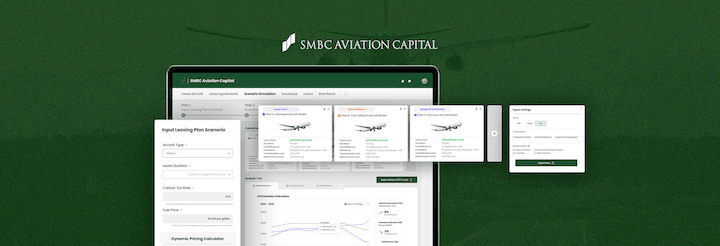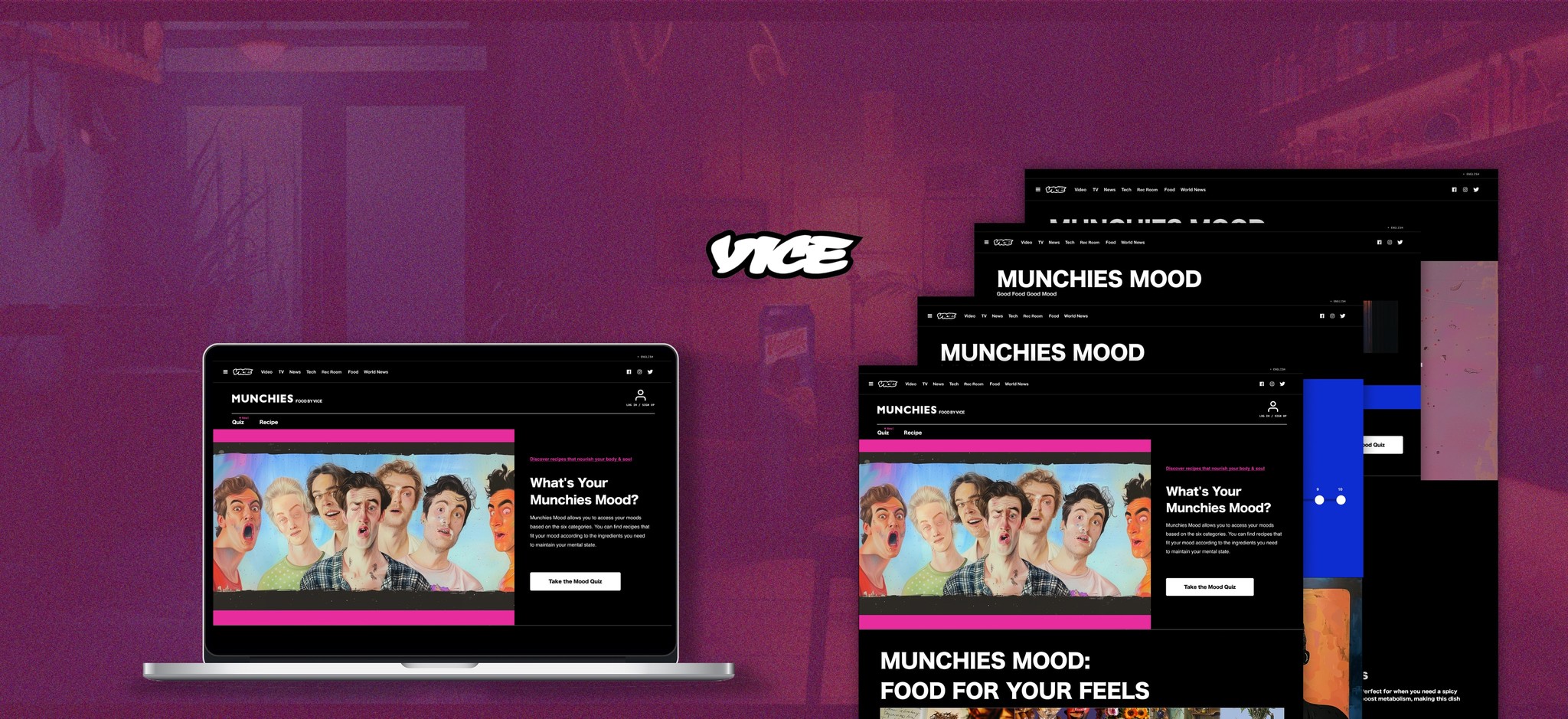How Behavioral Design Transformed Quarterly Sales
Team Structure
1 UI/UX Designers
3 Marketing Managers
Platform
Web
Time Frame
July. 2024 - Nov. 2024
Responsibilty
UX Design, Visual Design
✦ Setting the Stage
Autodesk Fusion 360 has been on a mission—expanding its presence as the go-to design and manufacturing tool.
In FY25 (2024), we launched a 30% off promotion every quarter, offering users a compelling reason to start their journey with Fusion. The goal was clear: drive engagement, increase conversions, and grow Fusion 360 customer base.
But a strong promotion alone wasn’t enough. While ad campaigns successfully brought users to the Fusion sales page, many visitors left before completing a purchase.
✦ Customer Lifecycle
Our promotion strategy was built on a customer lifecycle approach—guiding users through key decision-making stages.
Awareness → Users see a social ad, display ad, or email.
Consideration → They click through to the Fusion commerce page.
Decision → They add Fusion to their shopping cart.
Conversion → They complete the purchase.
At first glance, this journey seemed optimized. However, as Q1 and Q2 rolled out, we noticed a critical gap—strong initial engagement wasn’t translating into sales.
✦ The Problem
Many users dropped off in the product page before completing a purchase
With the first two quarters of promotions, we saw a healthy click-through rate (CTR)—proving that the ads were effective at capturing interest. However, many users dropped off before completing a purchase.
This raised a fundamental challenge for my team:
👉 How do we retain users and convert intent into action within the 30-day promo window?
✦ HMW: The Core Question
How might we turn ad-clickers into high-intent buyers within each of the 30-day promo window?
✦ Understanding Fusion's Potential Users
What stops users from buying/trailing Fusion 360?
From user interviews, we uncovered key reasons why potential customers hesitate or delay purchasing Autodesk Fusion 360.
✦ Journey Mapping
Looking at their journey, different user roles require in-depth exploration of Fusion 360’s benefits to determine whether it fits their specific needs.
When purchasing Autodesk Fusion, users seek additional information based on their role and responsibilities. Therefore, the decision-making process is often lengthy, especially when users are evaluating Fusion as a replacement for their company’s current software.
✦ The Key Factors Influencing the Purchase Decision
Users have different concerns before converting
When considering Autodesk Fusion 360, users evaluate multiple factors before making a final decision. Their concerns often revolve around compatibility, competition, existing solutions, and cost considerations.
✦ Web Data Analysis: Understanding User Drop-offs & Engagement Patterns
1️⃣ Page Flow Analysis: High Drop-off Rates After Navigation
Many users navigate away from the main page to other sections before eventually exiting without completing a purchase.
For confidentiality reasons I have omitted the actual values for the metrics.
✦ Web Data Analysis: Understanding User Drop-offs & Engagement Patterns
2️⃣Heatmap Analysis: High Bounce Rate at the Bottom of the Page
📌 Insight: Users who scroll to the bottom of the page often bounce without taking action.
For confidentiality reasons I have omitted the actual values for the metrics.
✦ Insight Summery
The Autodesk site serves multiple user types, each with different intent:
Due to the complexity and variety of pages on the Autodesk Fusion product website, users in different roles arrive with different purposes by using Fusion. They need time to explore the product, experience its benefits, and understand that Fusion 360 is easy to adopt before they eventually exit the site. Below are the 3 insight summery:
✦ Design Prototyping 1: Persistent Promo Banner
💡 What if the promo followed users as they browsed?
Sticky banner across all pages displaying the 30% off deal & countdown timer. As users scroll, the banner remains visible without disrupting their experience.
Promotional Banner sticky on top
✦ Design Prototyping 2: Persistent Bottom Bar
💡 What if we kept the promotion visible as users scrolled?
🔷 Trigger Logic:
When users scroll past 50% of the page, a sticky bottom bar appears, ensuring the promotion stays within view without disrupting the browsing experience.
This persistent bottom bar ensures that even as users explore features, testimonials, or pricing pages, they always have a clear and accessible path to purchase without needing to scroll back up. 🚀
Promotional Banner sticky on top
✦Design prototyping 3: Exit-Intent Banner
💡 What if we captured users right before they left?
🔹 Trigger Logic:
If a user moves their cursor toward the close button or quickly moves their mouse upwards, the banner appears.
Exit Intent Banner: A Timely Prompt
✦Design prototyping 4: Countdown timer
💡 What if we created a time-sensitive push to drive last-minute conversions?
🔷 Trigger Logic:
In the final few days of the promotion, a countdown timer appears on key pages (sales page, checkout, and pricing page) to create urgency and remind users of the deal’s expiration.
Exit Intent Banner: A Timely Prompt
✦Takeaways
1. Timing matters
Not all nudges are equal—matching interventions to user intent stages is key to maximizing impact. While both the sticky top banner and the exit intent banner increased conversion rates, they operate on different psychological triggers and user intent moments.
2. We’re in an era of experience economy
A/B testing results confirm that static promotional messaging alone does not sustain engagement—context-aware, behavior-driven triggers create more immersive and conversion-friendly experiences. This signals a shift from channel-centric marketing to experience-driven engagement. Brands must rethink how to build dynamic, data-driven interaction loops that seamlessly integrate marketing into the user’s natural decision flow.






















